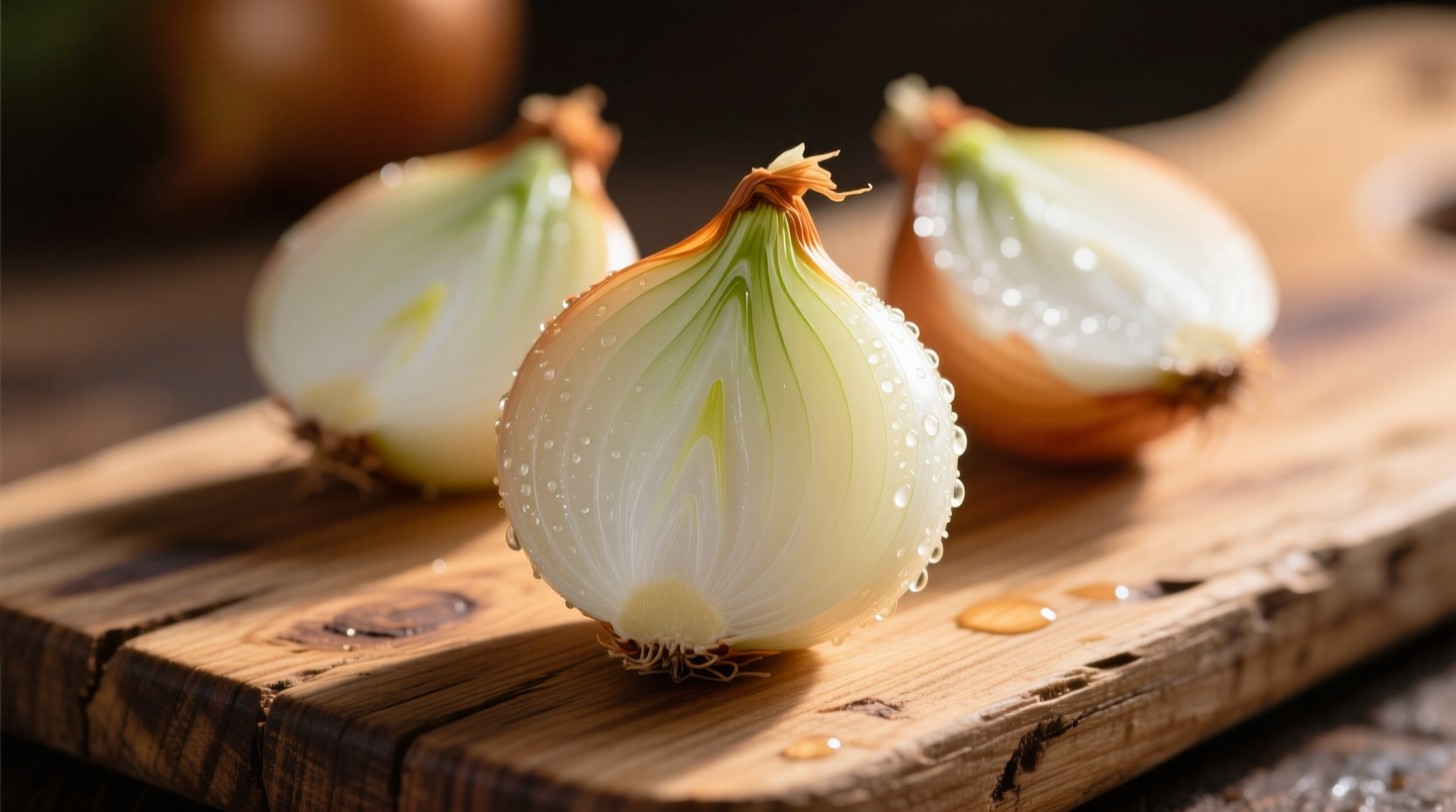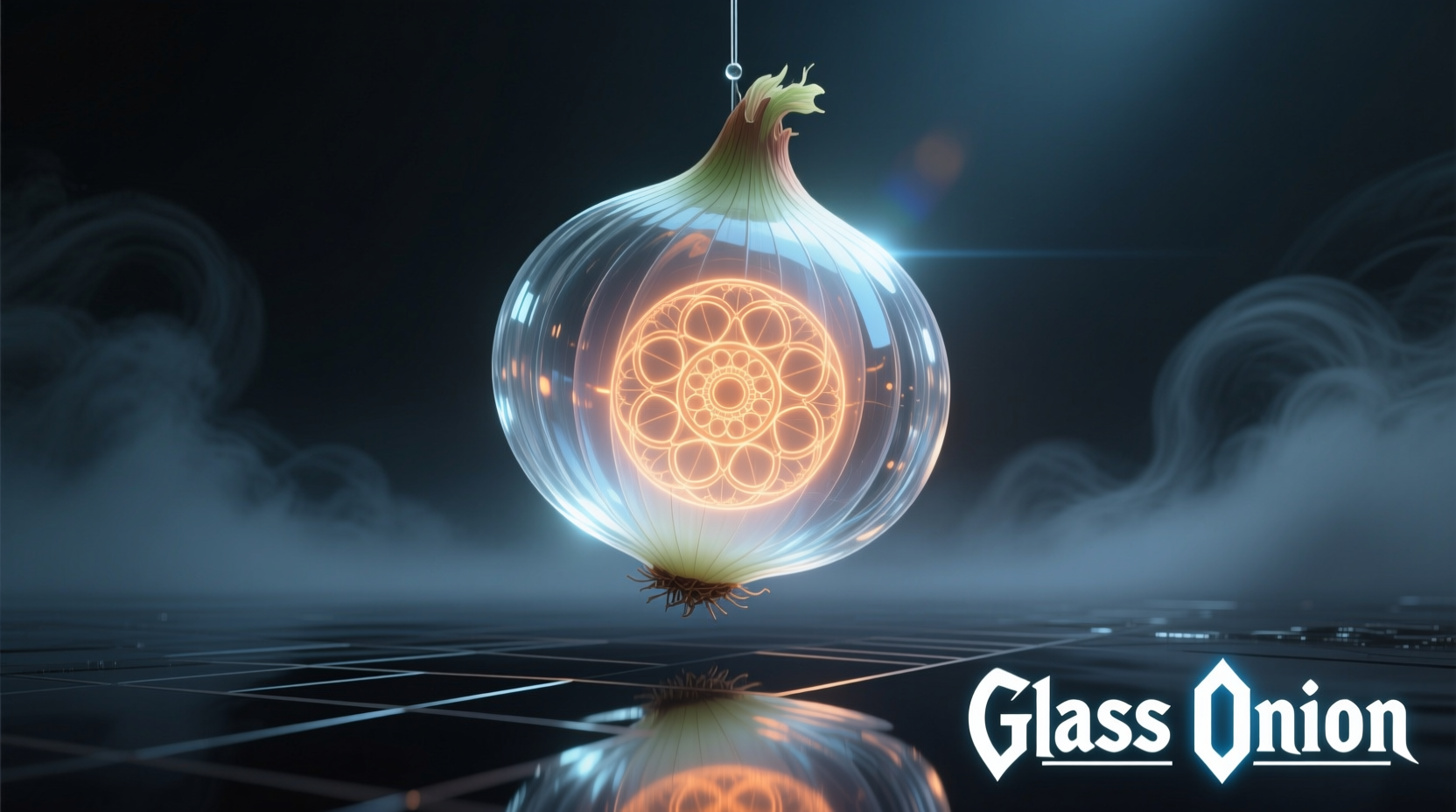Discovering the Glass Onion: Your Culinary Secret Weapon
Have you ever wondered why professional chefs consistently achieve perfectly balanced onion flavors without the harsh bite? The secret often lies in their choice of glass onions—a specialty variety that transforms ordinary dishes into extraordinary culinary experiences. Unlike common yellow or red onions, glass onions deliver subtle sweetness with minimal pungency, making them the preferred choice for delicate sauces, elegant canapés, and refined dishes where onion flavor should enhance rather than dominate.

What Exactly Is a Glass Onion?
Glass onions (Allium cepa var. aggregatum) represent a specific cultivar within the shallot family, distinguished by their exceptionally thin, almost translucent outer skin that gives them their "glass" name. These petite alliums typically measure between 1-2 inches in diameter and feature tightly packed layers with a crisp, juicy texture. Unlike standard onions that develop intense sulfur compounds as they mature, glass onions maintain lower levels of these compounds throughout their growth cycle, resulting in their signature mild flavor profile.
| Onion Variety | Size Range | Sulfur Content | Best Culinary Uses |
|---|---|---|---|
| Glass Onion | 1-2 inches | Low (30% less than yellow) | Pickling, raw applications, delicate sauces |
| Pearl Onion | 0.5-1 inch | Moderate | Stews, braises, roasting |
| Shallot | 1-3 inches | Moderate-High | Vinaigrettes, reductions, sautéing |
| Yellow Onion | 2-4 inches | High | Caramelizing, soups, robust dishes |
Why Glass Onions Outperform Other Varieties
The unique chemical composition of glass onions makes them stand out in professional kitchens. According to research from the USDA Agricultural Research Service, glass onions contain significantly lower levels of syn-propanethial-S-oxide—the compound responsible for the eye-watering effect when cutting onions. This same compound contributes to the sharp aftertaste in many onion varieties, which explains why glass onions deliver clean, sweet flavor without lingering bitterness.
When selecting glass onions at your local market, look for firm bulbs with completely intact, papery skins. Avoid any with soft spots, sprouting, or discoloration. The best specimens feel heavy for their size, indicating high moisture content and freshness. Unlike larger onion varieties that can last months in storage, glass onions have a more limited shelf life due to their higher water content.
Maximizing Freshness: The Glass Onion Timeline
Understanding the proper storage timeline ensures you get the most from your glass onions:
- Room temperature (unpeeled): 7-10 days in a cool, dark, well-ventilated space
- Refrigerated (unpeeled): 2-3 weeks in the crisper drawer
- Refrigerated (peeled): 3-4 days in an airtight container
- Blanched and frozen: 6-8 months for cooked applications
Unlike standard onions that improve in flavor after curing, glass onions should be used relatively quickly after harvest. The University of California Cooperative Extension notes that their delicate cellular structure begins breaking down within two weeks of harvest, leading to texture degradation and flavor loss.
Culinary Applications That Shine
Glass onions excel in applications where onion flavor should be present but not dominant. Their low sulfur content makes them perfect for:
- Pickling: Maintain crisp texture without overpowering vinegar solutions
- Raw applications: Add subtle onion notes to salads, salsas, and garnishes
- Delicate sauces: Enhance béchamel, velouté, and cream sauces without bitterness
- Cocktail onions: Traditional choice for Gibson cocktails due to their small size and mild flavor
When substituting glass onions in recipes calling for other varieties, use a 1:1.5 ratio—meaning for every cup of yellow onion required, use 1.5 cups of finely minced glass onion to achieve similar flavor impact without the harshness.
Finding and Selecting Quality Glass Onions
While not always available in standard supermarkets, glass onions can typically be found at:
- Specialty food markets (particularly those focusing on French or Mediterranean cuisine)
- Farmers' markets during peak season (late summer through early fall)
- Online specialty produce retailers
- Gourmet grocery chains like Whole Foods or Eataly
When fresh glass onions aren't available, frozen varieties often maintain better texture and flavor than dried alternatives. The Specialty Food Association reports that demand for glass onions has increased 40% over the past five years as home cooks seek professional-quality ingredients.
Simple Glass Onion Recipe Ideas
Transform your cooking with these straightforward applications:
- Quick Pickled Glass Onions: Combine equal parts vinegar and water with 2 tablespoons sugar and 1 tablespoon salt. Bring to boil, pour over 1 cup glass onions in a jar, and refrigerate for 24 hours.
- Creamy Glass Onion Dip: Blend 1 cup roasted glass onions with 8 oz cream cheese, 1/2 cup sour cream, 2 tablespoons fresh dill, and salt to taste.
- Seared Scallops with Glass Onion Relish: Finely dice 1/2 cup glass onions and combine with diced cucumber, lemon zest, and fresh mint for a refreshing accompaniment.











 浙公网安备
33010002000092号
浙公网安备
33010002000092号 浙B2-20120091-4
浙B2-20120091-4